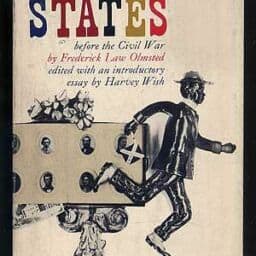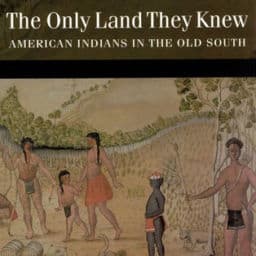Northup, Solomon, Sue L Eakin, and Joseph Logsdon. Twelve Years a Slave: . Baton Rouge: Louisiana State University Press, 1968.
1. Thesis: Solomon Northup achieves something quite profound in this book. The narrative shows how a simple economic institution, backed by law and religion, enforced by those seeking to profit from it, can quickly become rationalized and passed down from generation to generation as a cultural norm. To Northup, slavery is more than just an economic institution. It has integrated into and morphed the culture of the South, becoming an accepted way of life for all involved. With each passing generation, slavery becomes an entrenched part of Southern society, justified through religion, property economics, and animal-like disregard and dehumanization of blacks. Eventually, Southerners know no other way to live. It would take a bloody Civil War and Reconstruction to begin to strip this mindset from the South.
2. Structure: This is a slave narrative with a twist. Northup is born free. Northup is kidnapped, eventually sold into slavery for twelve years. Northup starts with a brief background about his early life as a free black man born in New York. He quickly transitions to the story of his kidnapping and journey from New York to New Orleans. Once sold into slavery, he chronicles the next twelve years in bondage, providing details about his various owners/masters, his various jobs, his moments of suffering and the structures and functions of the Southern agricultural industry. Finally, we learn of the details surrounding his release, his attempts to secure justice and his reunion with his family. Substantiating evidence comes from various sources: ships logs, personal letters, county records, customs and port records, slave bills of sale, transactional documents, newspaper reports, legal and governmental records (NY Governor, etc.).
3. Evidence to support thesis:
a. Good slave owners/participants: owner Ford, overseer Chapin, Mistress McCoy, Bass
b. Bad slave owners/participants: Hamilton & Brown, Burch (p23-40), Freeman, Tibeats, Epps (delighted in whipping slaves p. 136), Mistress Epps (p.151/152)
c. Slavery as a blight on Southern culture: “the system blinded him to the wrong of slavery” (p62), father/child relationship (p.68), slave life of fear (p.129), dehumanization as the system’s fault instead of slave owner’s (p. 157-158), cruelty passed on to Epps’ 12yr. old son – approved of son’s cruel actions – brought up to be “pitiless and unrelenting” (p.201), the exchange between Bass & Epps (pg. 205-207)
d. Religion: “burning agonies of hell” (p.25), Ford – preaching and allowing possession of Bibles (p.69), Tanner reads the Bible to them (justification of slavery through Bible verses!) and is deacon to church (p.94-96), “lurking devil in my heart” (p.100), slaves are “the forsaken of God” (p101), oil of the Good Samaritan (p107), Daniel and the Lion’s Den (p.109), Mistress Epps “possessed of the devil, jealousy” (p. 152), “demoniac exhibition” (p.196),
e. Animals: compared to a horse (p.36), “a brute’s intelligence” (p.39), “driven through the streets like a dumb beast” (p.50), “out among his animals” (p51), “horse jockey (p.52), dehumanization (p.60, p. 157, p. 158), horse/mule/dog/”chattel personal” references (p.138), beast/animal (p.199)
f. Slavery as a death sentence: “the only resting place of the poor slave” is the grave (p.32), the Capitol building near the pen and passing Washington’s tomb – liberty v. slavery (death) (p.34), better to die than endure slavery (p.43), wished he had died with Robert instead of slavery (p. 49), not coping with slavery kills spirit and physical – Eliza’s death = freedom (p.77 and 120),
4. Is it convincing? Yes. His tales of suffering and observed abuses of slavery are so moving. I was particularly struck by two passages. One is early in the book when Eliza is separated from her children. The other is the cruel beating of Patsey. Slavery indeed became a normalized way of life in the South. The narrative shows how a simple economic institution, backed by law and religion, enforced by those seeking to profit from it, can quickly become rationalized and passed down from generation to generation as a cultural norm.
Are there criticisms? I find that Northup’s attempt to be completely objective comes across as a bit apologetic at times for some of these people. Even the “good ones” could did not stand up to this system. Bass was the only one to do so. Moreover, where is Northup’s anger from losing twelve long, grueling painful years of his life? He does slip up from time to time and share his emotional reactions to the sufferings of those around him during that time. Where, however, is his personal anger, personal misery, or personal trauma? The absence of these makes the narrative at times antiseptic.



